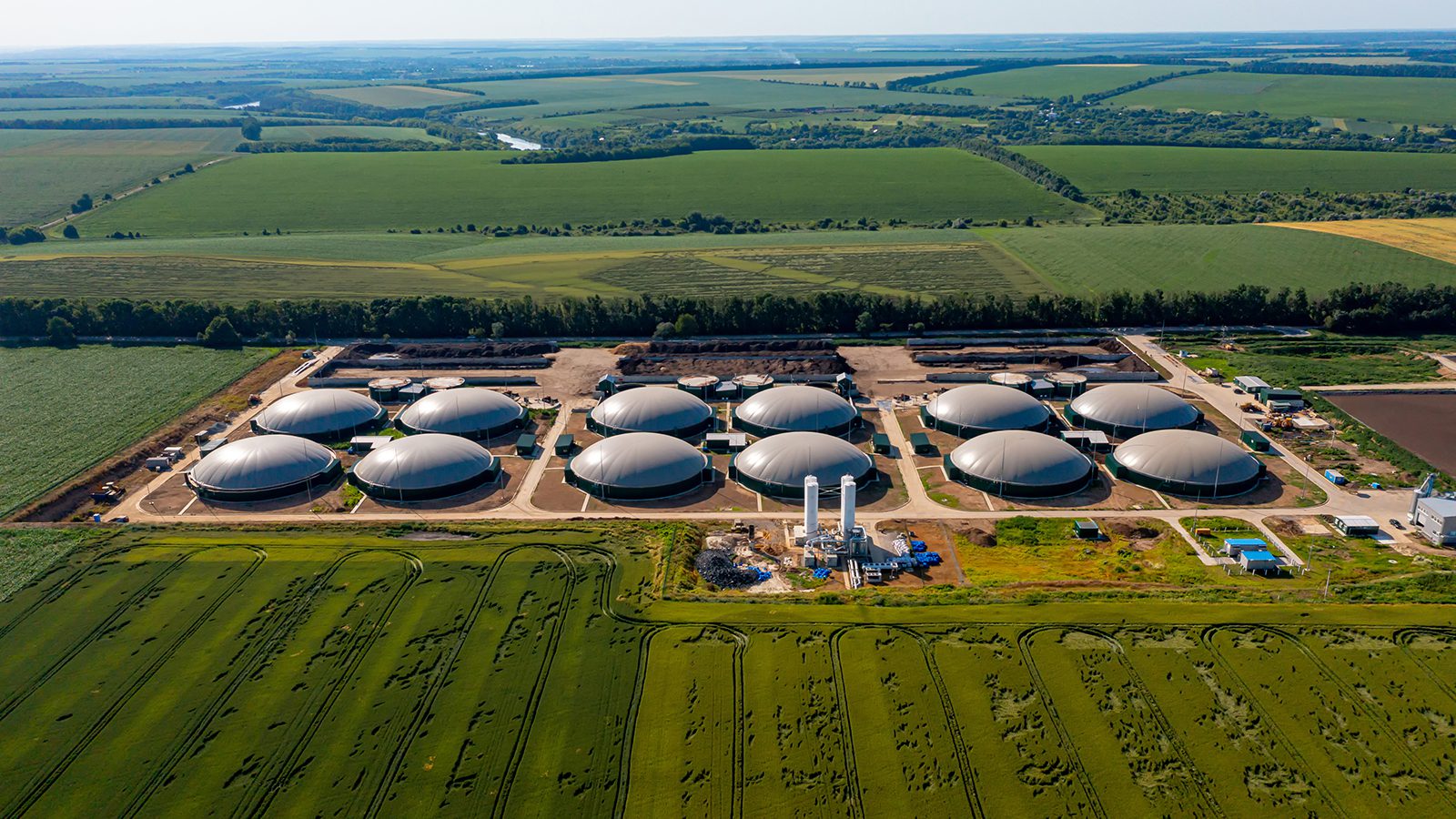Researchers have developed a sustainable jet fuel made of plants, which can lower emissions by 68%. This new aviation fuel comes from a type of mustard plant, according to research by University of Georgia scientist Puneet Dwivedi.
Dwivedi and his team estimated the break-even price and life cycle carbon emissions of this sustainable aviation fuel (SAF). It derives from oil extracted from Brassica carinata, a non-edible oilseed plant. In fact, their research could pave the way in phasing out petroleum-based jet fuel.
The research first appeared in the open-access journal GCB Bioenergy.
“If we can secure feedstock supply and provide suitable economic incentives along the supply chain, we could potentially produce carinata-based SAF in the southern United States,” said Dwivedi, an associate professor in the Warnell School of Forestry and Natural Resources.
The underlying cause for this need
 The world population should reach approximately nine billion by 2050. Thus, demand for food will rise by about 60%. So, experts have been strategizing about how to feed livestock to keep up with orders. Research shows that carinata may provide a viable alternative to soybean meal for livestock animals.
The world population should reach approximately nine billion by 2050. Thus, demand for food will rise by about 60%. So, experts have been strategizing about how to feed livestock to keep up with orders. Research shows that carinata may provide a viable alternative to soybean meal for livestock animals.
Most farmers depend on soybean meal. However, price fluctuations and import dependency make it unreliable. Carinata can help plug gaps in the food supply due to its comparable protein levels and performance to soybean meal.
The aviation industry accounts for 2.5% of total carbon dioxide emissions nationwide and directly causes 3.5% of global warming.
“Carinata-based SAF could help reduce the carbon footprint of the aviation sector while creating economic opportunities and improving the flow of ecosystem services across the southern region.”
A sustainable fuel tax credit may help commercialize SAF.
Dwivedi’s research comes just a month after the announcement of a sustainable fuel tax credit. The Sustainable Aviation Fuel Grand Challenge, a memorandum of understanding between several agencies, will include the directive. The Department of Energy (DOE), the United States Department of Transportation (DOT), and the United States Department of Agriculture (USDA) entered into the agreement.
The challenge aims to scale the production of SAF nationwide, making it affordable and commercially available. The DOE set the following goals in regards to SAF:
- a 20% drop in aviation emissions by 2030
- a minimum of a 50% reduction in life cycle greenhouse gas (GHG) emissions compared to conventional fuel
- supplying sufficient SAF to meet 100% of jet fuel demand by 2050, making it fully carbon-zero
To reach these ambitious goals, it would require producing 35 billion gallons of SAF per year by 2050. Three billion gallons per year is set as a milestone by 2030. Based on the team’s research, the carinata plant would exceed the requirements for reducing emissions by 50%.
According to existing market incentives, the price per liter to produce carinata ranged from $0.12 to $1.28. The price for petroleum-based aviation fuel, including economic incentives, was $0.50. If these prices hold, the alternative fuel could easily outpace the production of petroleum-based jet fuel.
Dwivedi said: “Current policy mechanisms should be continued to support manufacturing and distribution of SAF.”
He believes the Grand Challenge will also ensure the success of carinata-based SAF production in the South.
Growing carinata in the Southeast to replace jet fuel
The Southeast provides the ideal environment for growing carinata, according to Dwivedi. He’s a member of the Southeast Partnership for Advanced Renewables from Carinata or SPARC. The $15 million projects funded by the USDA’s National Institute of Food and Agriculture aim to establish over 800,000 acres of carinata. Over 50 researchers from the region have been working on the project, “testing thousands of carinata varieties to optimize yields, early maturity, cold tolerance, and disease resistance.”
Researchers have spent the past four years trying to establish carinata as a viable winter crop. They both investigated and studied how to optimize genetics, crop, and oil yields. Having done this research, Dwivedi feels confident that carinata will enhance the local economy and environment.
“In the South, we can grow carinata as a winter crop because our winters are not as severe compared to other regions of the country,” he said. “Since carinata is grown in the off-season, it does not compete with other food crops, and it does not trigger food versus fuel issues. Additionally, growing carinata provides all the cover-crop benefits related to water quality, soil health, biodiversity, and pollination.”
The only project goal left involves finding the infrastructure for crushing seeds and processing oil into SAF. Dwivedi’s current research focuses on supply-chain issues involved with producing carinata-based SAF across Georgia, Alabama, and Florida.
He said this:
“Our results would be especially relevant to the state of Georgia, which is the sixth-largest consumer of conventional aviation fuel in the country, hosts the busiest airport in the world, and is home to Delta, a leading global airline company. I am looking forward to pursuing more research for providing a sustainable alternative to our current model of air travel. Carinata has the potential to be a win-win situation for our rural areas, the aviation industry, and most importantly, climate change.”
Carinata could help with two sustainability goals. First, it could make airplanes eco-friendly. Secondly, it can provide cattle with an alternative food supply. Sustainable jet fuel will bring the world closer to a carbon-free future.
 Final thoughts on the plant-based jet fuel that can decrease aviation emissions by 68%
Final thoughts on the plant-based jet fuel that can decrease aviation emissions by 68%
The aviation industry contributes about 12% of overall transportation emissions in the US. Indeed, it only emits 2-3% of total carbon dioxide emissions. However, it still presents a challenge in the face of climate change. Luckily, researchers have been working on transitioning airplanes to sustainable jet fuel. In fact, they believe that the carinata plant could provide a viable replacement for petroleum-based fuels.
The SPARC project, funded by the USDA, aims to grow over 800,000 acres of the crop in the Southeast. Not only will the production of carinata boost the economy, but it will also improve the environment. Indeed, it’s refreshing to hear some positive news for a change with all the doom and gloom about the climate.


















